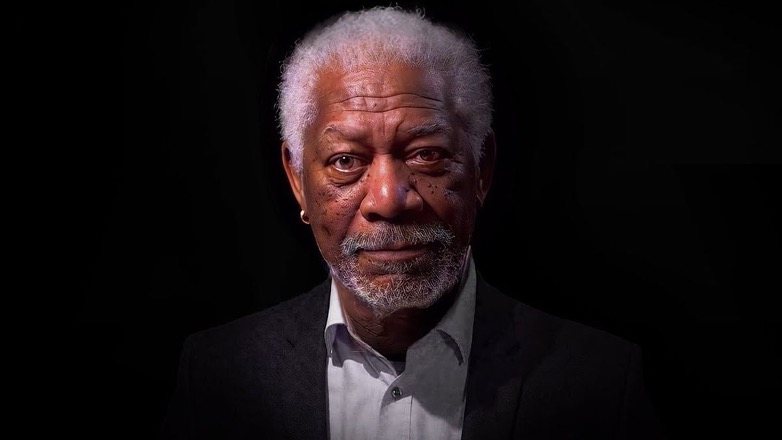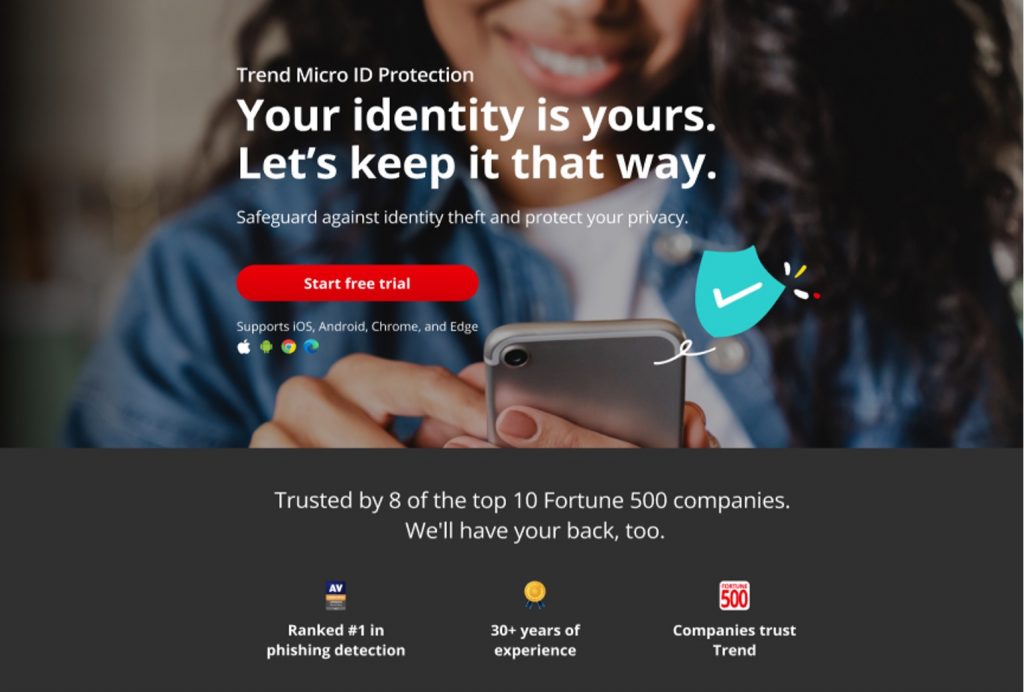Nowadays it’s common to be scrolling through social media or browsing online, when all of a sudden you stumble on a video of a celebrity in a compromising situation or advertising some product or investment. It looks very real, but something about it will feel amiss.
What Are AI Celebrity Porn and Deepfakes?
The above scenario is the troubling world of AI celebrity deepfakes and porn. With the use of AI-based deepfake technology, creators can produce hyper-realistic fake videos and images. The most common form of deepfake is the superimposing of a person’s face onto another body, making it appear as though the individual in question is doing something they are in fact not.
Deepfake technology blurs the lines between reality and fiction. Initially developed for entertainment, such as movie special effects, deepfake technology has been co-opted by malicious actors. Countless individuals have fallen victim, from actors, CEOs, and children, to ordinary women whose faces have been used to create pornography.
The Harm Caused
The dangers extend beyond embarrassment, as deepfakes can irreparably damage reputations, spread misinformation, destroy relationships, lead to job losses, and become tools for blackmail. Celebrities are frequent targets due to their public profiles — as well as their high monetary and cultural capital, making them valuable targets. But the risks are not limited to the famous; anyone can become a victim. For instance, intimate images can be weaponized by a disgruntled partner to manipulate or extort an individual, causing significant psychological distress.

According to Fox News, despite efforts to curb the spread of AI-generated explicit content, malicious images, fake “nudes”, persist on platforms like Etsy. Meanwhile, The Guardian states that nearly 4,000 celebrities have been the victim of deepfake pornography. Journalists have been targeted too, in order to create fake news stories and interviews — and in the case of UK Channel 4 News journalist, Cathy Newman, pornographic videos. We’ve also seen the rise of so-called “AI pimps”, who harvest images of real women to create AI influencers that engage in sexual acts — accessed through monetary subscriptions.
These videos can go viral quickly, making it difficult to control the spread and correct false narratives. For example, earlier in the year we reported on the Le Creuset Taylor Swift Giveaway Scam, in which AI-generated deepfake videos portrayed a fake Taylor Swift, who had supposedly teamed up with Le Creuset to commence a PR giveaway campaign.

How to Spot Deepfakes and AI Celebrity Porn
Spotting deepfake content requires a critical eye and awareness of common indicators. Trust your instincts: if something seems off, it’s worth investigating further. Checking the source of the content is another essential step. Evaluate the credibility of the website or social media account where the content is posted. Reliable sources are less likely to share manipulated media. Look for established news outlets or verified accounts to confirm the authenticity of the content.
Identifying deepfakes also involves scrutinizing details within the video. Deepfakes often have subtle but telltale signs, such as unnatural facial movements, inconsistent lighting, or odd background details. These inconsistencies can reveal the artificial nature of the content — for example, pay close attention to the synchronization of the lips with the audio.
Protecting Yourself
Protecting yourself from the risks of deepfakes involves proactive measures. Be cautious with links and avoid downloading files from unfamiliar sources, as these could lead to malware or further exploitation. Educating friends and family about deepfakes is equally important — spread awareness about the existence and risks of deepfakes to help others recognize and report fake content. Knowledge is a powerful tool in the fight against digital manipulation. The FBI warns that scammers increasingly use public photos and videos to create deepfakes for extortion, making public awareness and digital hygiene crucial.
ID Protection
In a climate where truth and fiction are blurred and reality frequently questioned, it’s important to safeguard your identity. We would encourage readers to head over to our new ID Protection portal, which has been designed to meet these challenges.

With ID Protection, you can:
- Check to see if your data (email, number, password, credit card) has been exposed in a leak, or is up for grabs on the dark web
- Secure your social media accounts with our Social Media Account Monitoring tool, with which you’ll receive a personalized report
- Create the strongest tough-to-hack password suggestions from our advanced AI (they’ll be safely stored in your Vault)
- Enjoy a safer browsing experience, as Trend Micro checks websites and prevents trackers
- Receive comprehensive remediation and insurance services, with 24/7 support.
Offering both free and paid services, ID Protection will ensure you have the best safeguards in place, with 24/7 support available to you through one of the world’s leading cybersecurity companies. Trend Micro is trusted by 8 of the top 10 Fortune 500 Companies — and we’ll have your back, too. Why not give it a go today?
0 Comments
Other Topics
